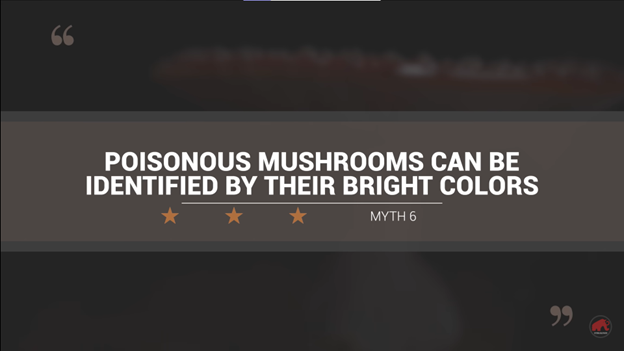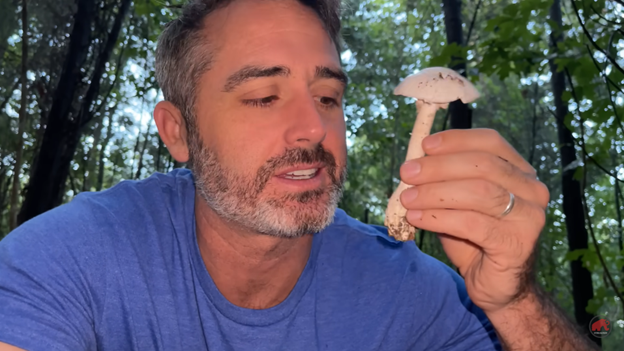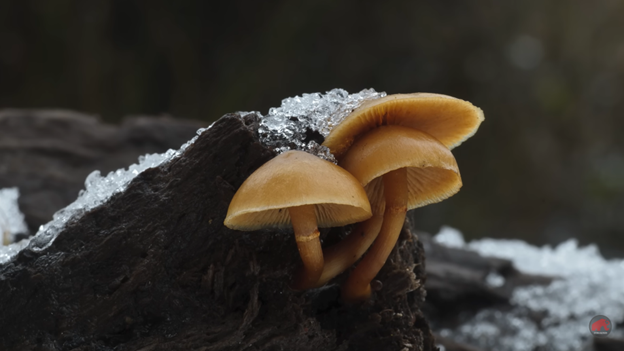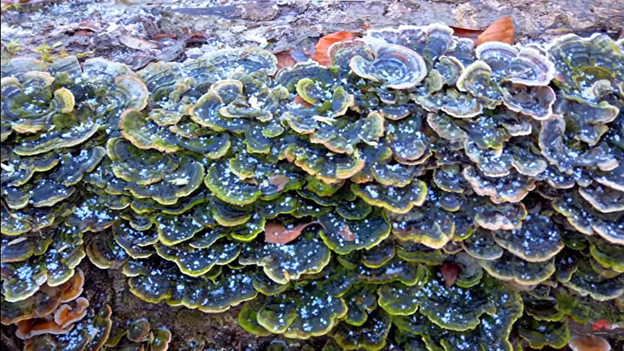Bright Mushrooms Are More Toxic? FALSE!
Why mushroom color is not an indicator of how dangerous they are
Long story short, mushroom color will not help you identify how toxic it is, here we will explain why that is and why we may have come to believe that a brightly colored mushroom is a bad mushroom.
There is a lot of information about fungi out there and a lot of passed down knowledge, but like anything, a lot of that information is either a bit off, or totally false. For this reason, we have been working hard to bust mushroom myths, like in this video:
One of the myths from the video was this:
Myth 6 from our video: “Poisonous mushrooms can be identified by their bright colors”
What was the verdict? BUSTED. Though mushroom color can sometimes help you to identify a mushroom species, the color alone will not tell you if it is toxic or safe to eat.
This is not only an incorrect myth, but a really dangerous one, since some of the most deadly mushrooms, such as the “Destroying Angel”, are completely white!
Another example of “plain-looking” toxic mushrooms is Galerina marginata – aka the funeral bell, deadly galerina, among other names – is also a dull beige brown color, not exactly what you would call bright and flashy.
So, you can clearly see that there are many mushrooms without bright colors that are deadly, so where does this idea come from?
Why would people think that bright mushrooms are more toxic?
There could be a million reasons why people would think that colorful mushrooms are the deadliest ones, but our top two candidates (in no particular order) are:
- Misconceptions about the Fly Agaric mushroom
- Aposematism in animals
Let’s get into it.
Amanita muscaria, the flashy and misunderstood mushroom
This classic bright red and white mushroom is famous around the world, and famously misunderstood. We go into the details in the video below, but essentially since you CAN get sick from improperly preparing this mushroom, people associate it as untouchable, and therefore associate bright red colors with the toxin. Essentially, one of the most famous mushrooms, from pop culture to folklore, is very bright, and potentially harmful, so people have exaggerated (as they often do) the role that color plays in determining toxicity.
Aposematism – Animals who display toxicity via bright colors
Animals who are poisonous, such as some amphibians and arthropods, often give a warning to potential predators through extremely bright colors – often bright reds, yellows, and blues – that say “don’t eat me, you will regret it!” Poison dart frogs and Monarch Butterflies make excellent examples of animals with this adaptation. Interestingly, there are some animals that “lie” about their toxicity by sporting bright colors but not actually being poisonous in a phenomenon called “Batesian mimicry” but that is a whole other story!
You can read more about Aposematism, Müllerian mimicry, and even Batesian mimicry on this page here!

Wait, so what does this have to do with mushrooms again?
Since bright colors in animals often means they are dangerous and should not be eaten, it is likely that people have tried to apply this to mushrooms too, but fungi do not always share this same characteristic. In short, unlike in some animals, color is an unreliable indicator for how safe or dangerous a wild mushroom is for consumption.
So what does color do in fungi?
Color can be helpful in identifying species of fungi, but once again it does not tell you if a mushroom is safe to eat or not. So, if color is not a reliable indicator for toxin levels in fungi, what function does color have in fungi?
It seems that the function of color in fungi is still being explored, and though you can see a lot of research (1,2,3,4…) into what fungi pigments can be used in human applications, it seems that few people have explored fungi color as much as they have in other organisms.
Color is a result of different chemical compounds, so some fungi will just have a certain color based on compounds they produce for various functions, like carotenoids that are produced for their antioxidant properties. Carotenoids can show up as yellow, red, orange and even purple!
Pigments are also produced to provide protection again stress like UV light and drying up in hot weather. Some research also suggests that color can help with thermoregulation in fungi, where darker mushrooms will do better in colder climates, just like in certain ectothermic animals.
Whatever the reason a mushroom has certain pigments, we do know that the myth that “Poisonous mushrooms can be identified by their bright colors” is false and though we do not want to discourage people from venturing into the world of mushroom foraging, one should always take a lot of care when it comes to wild mushrooms.




































































































